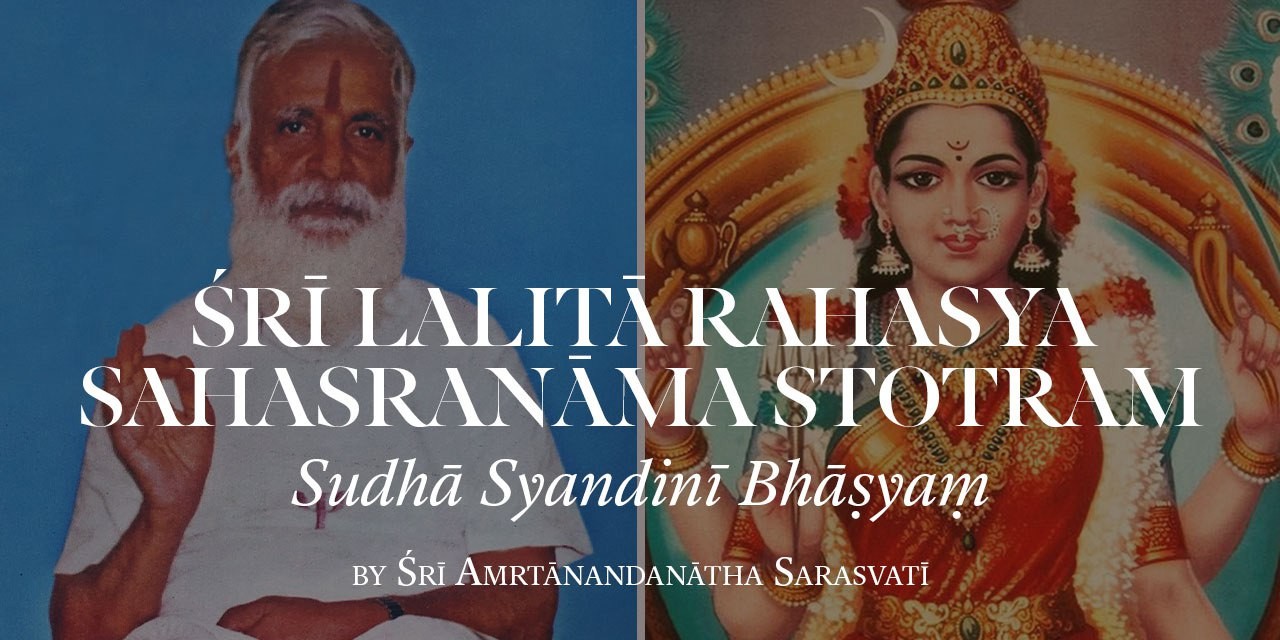- Edited

10) Manorūpekṣukodaṇḍā
In Her lower left hand, Lalitā holds a bow made of sugar cane, whose nature is that of the mind. The symbolism of God's images is like a precise geometrical pattern, every detail having a purpose and trying to convey a precise idea. A sugar cane stick to represent the mind! What an analogy, and what can be the meaning of this? Moreover, the string that is used to tie the bow is made by a row of honey bees! The honey bees scatter away, meaning the difficulty of aligning thoughts into a concerted action. This is easy enough. What about the sugar cane?
A sugarcane stick has several hard lumps along its length; it branches out at the end into about ten branches in number. It symbolizes the medulla oblongata branching out into the various areas of the brain connected with the sensory and motor organs.
The junction of the lower part of sugarcane with the branches represents the coupling of the mind in succession to the motor and sensory perceptors.
The sensory organs are the ear, skin, eyes, tongue, and nose.
The motor organs, the mouth, hands, feet, excretory and reproductive organs.
These are the ten branches of the mind which is a bundle of nerves going right down the spinal column. The hardened lumps along the length are the places from which nerve bundles branch out to the entire body.
Having defined what the sensory organs are, it remains to define what these are capable of contracting in the cosmos outside. The motor organs are directed from within by the mind itself. For example, no external contacts are necessary for the mind to tell the mouth to make noises, hands to grasp, feet to move from one place to another, excretory organs to eliminate wastes, and the reproductive organs to enjoy and create. But the sensory organs function through channels that are in the cosmos; outside the physical system which is the body but are within the conscious system which created the cosmos.
Source: Śrī Amṛtānandanātha Saraswatī "Sudhā Syandinī Bhāṣyaṃ" Typed Manuscript
(an incomplete commentary on Lalitā Sahasranāma)

